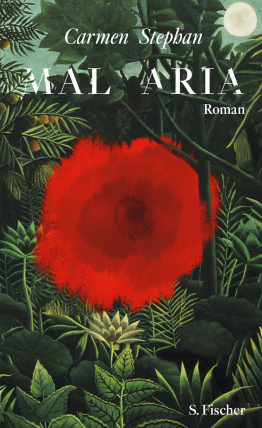This year I am excited to be able to present some of my recent research at the upcoming GSA conference, which will be held in a hybrid format in Indianapolis, Indiana. As part of a panel exploring modes of nonhuman subjectification, I look forward to giving a talk entitled “Infectious Identities: Mensch, Mücke, and the Sanguine Sisterhood of Carmen Stephan’s Mal Aria (2012).” Stephan’s novel (which I can wholeheartedly recommend!), is notable not least of all for its surprising narrator: the much-maligned mosquito. Given the shared history of our species, such a viewpoint could easily devolve into misanthropy, however, the narrator’s relationship with her victim, Carmen, who soon contracts malaria, is in fact deeply ambiguous. From the perspective of Stephan’s mosquito, everything begins with the bite. Her brief moment of contact with Carmen catalyzes a momentous change in her consciousness, endowing her with powers of self-reflection and agency that set her apart from her fellow insects. Coupled with an intimate knowledge of humanity’s millennia-long struggle to annihilate her species, the narrator uses her newfound powers to build a historical argument against the kind of knowledge practices that culminated in the disastrous proliferation of DDT across the globe. This historical account is made personal through the suffering of her victim, which she struggles in vain to alleviate as doctors repeatedly fail to recognize the disease ravaging Carmen’s body. I will present a reading that finds in her physicians’ failures to engage meaningfully with the world, echoes of the historical failures enumerated by the narrator in her diatribes against human vanity and ignorance. While they possess the necessary knowledge to save Carmen, their inability to step beyond a hierarchical epistemology based on chimeric individuality and open themselves to the world renders them at best ineffectual, and at worst, complicit in Carmen’s eventual death. Instead, the novel offers a vision of human and non-human lives arranged in a series of interlocking circles, not end to end in a vertical hierarchy, but rather side by side, extending in every direction and leaving nothing and no one separate from their surroundings.
